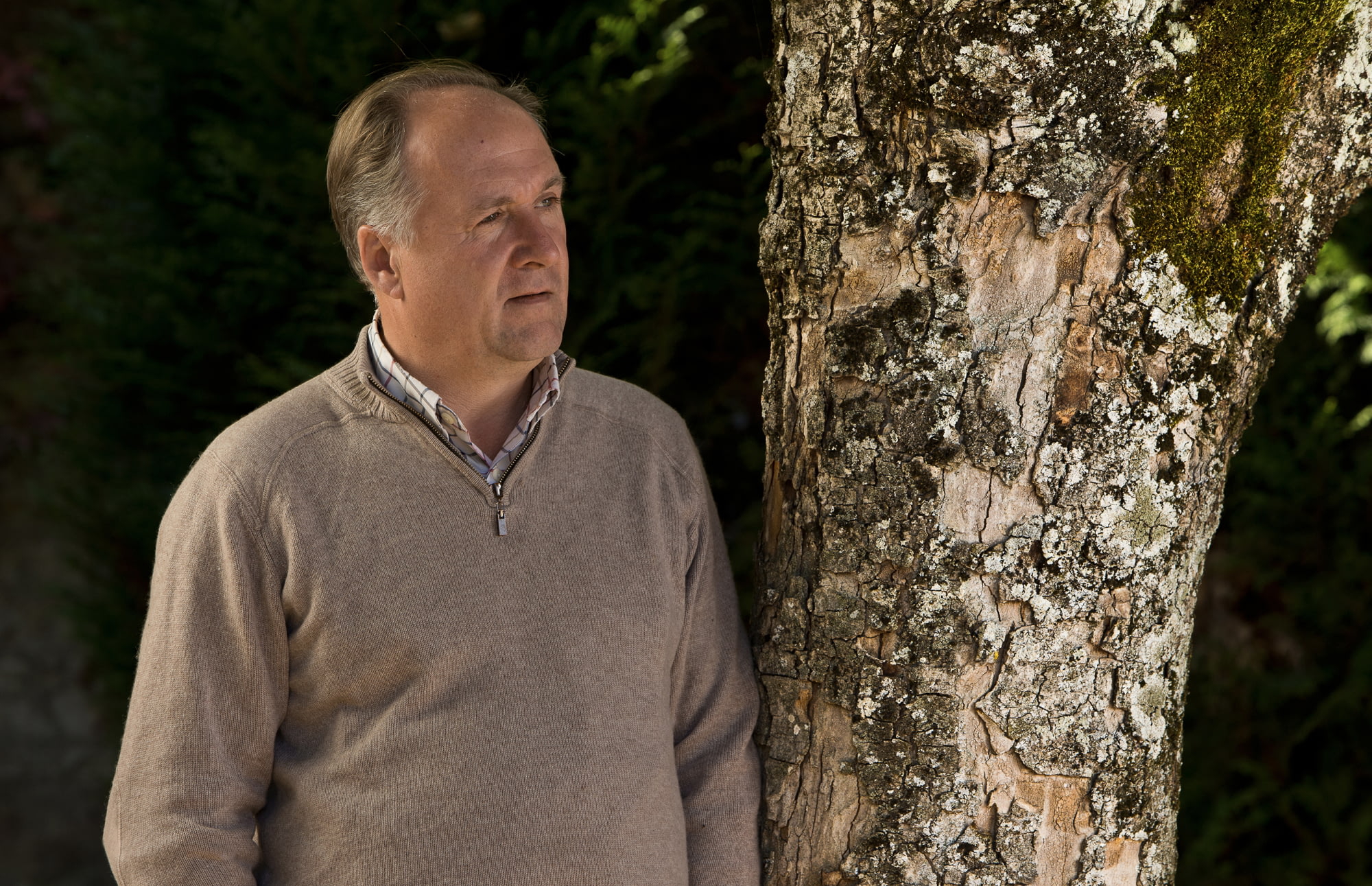menu
News #13
News #13
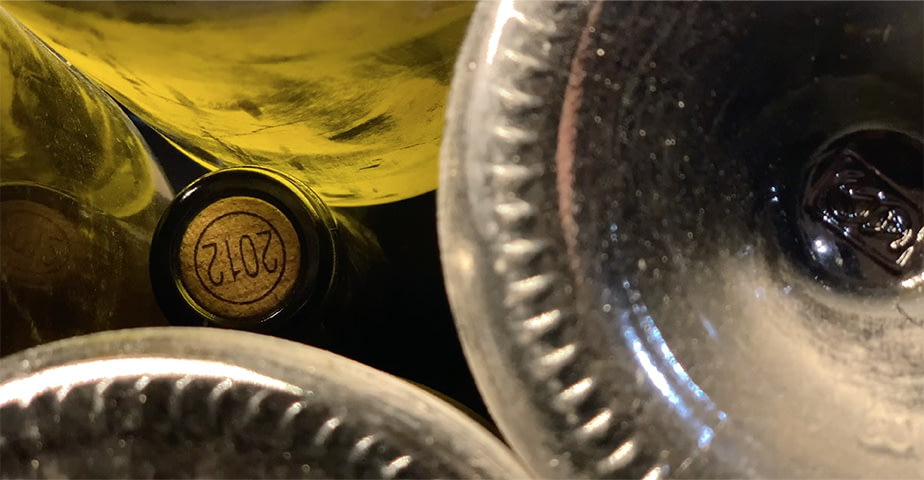
2022 Vintage
The 2022 vintage was an excellent surprise for all the winegrowers in Burgundy, in quantity and above all in quality. The hot, even scorching summer that we experienced made us wonder about how our vines would react. It is clear that they adapted very well, which allows us to be optimistic about this 2022 vintage.
The winter was mild, with little rain. The month of March was exceptionally dry and fortunately quite cool, which slowed down the start of vegetation a little. April, as it is now usual, gave us a succession of a few mornings with light frost. Late pruning and the installation of wind turbines allowed us to get through this very delicate episode without damage. On this occasion, we abandoned the use of candles in the vineyards because they are much too polluting.
Spring was more like the beginning of summer and the vines grew at an unprecedented speed. We were a bit late compared to previous years in mid-April, but by mid-May we were already ahead. Vine growth records fell at the same rate as monthly temperature records. Flowering ended on the hillside as soon as May 23 and ended at the beginning of June in the plain (Villages and Bourgogne Blanc).
We started the month of June with a rain deficit of 30 percent. This month turned out to be one of contrasts with a beautiful period of rain on June 3rd and 4th, then a heat wave from June 16-21 (peak of 37°C two days in a row), thunderstorms from the 22nd, and nearly 55mm of rain around June 30th.
The weather was nice and warm in the first half of July, then hot with a heat wave on July 19th and 20th. Fortunately, the morning temperatures remained below 20°C. We experienced a third heat wave from August 1-4. From August 14th, the weather became milder again with small daily rains which allowed the vegetation to finish its maturity.
We began the harvest on August 25th by inaugurating our new cuvage Rue de l'Eglise which exactly met our expectations, enabling us to accelerate the harvest while allowing long pressings, beneficial for the quality of the musts.
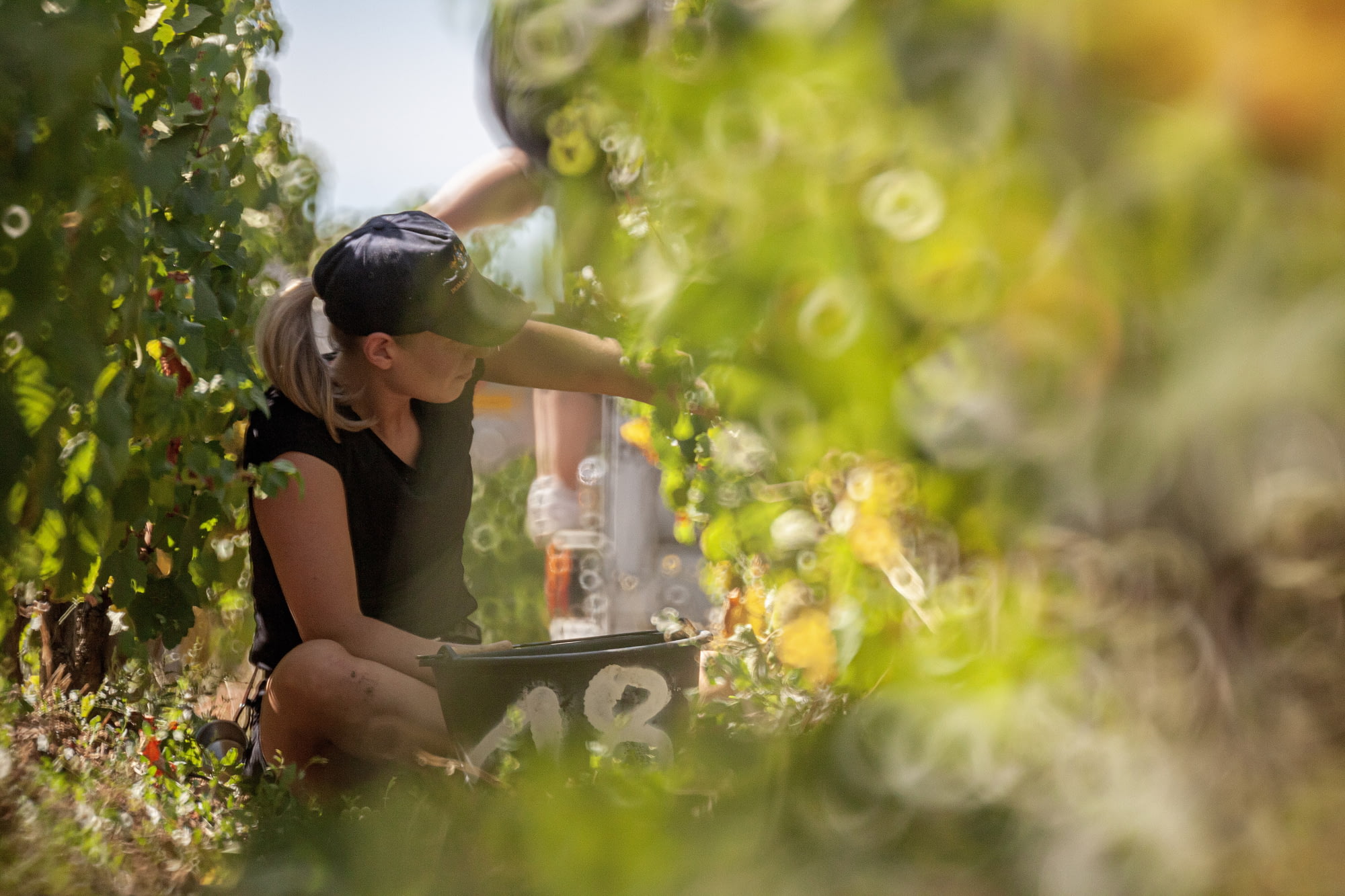
The Winery Rue de l’Église, a New Setting in the Heart of Puligny-Montrachet
For several years, Domaine Leflaive has undertaken the complete renovation of its facilities. In 2022, those of Rue de l'Eglise in Puligny-Montrachet were completed. Staying in the heart of the village, rather than recreating from scratch outside, was not a default choice: it is a philosophical one. “In 2016, I decided to concentrate all the winemaking operations in the spaces of Rue de l'Eglise, even with surface constraints,” explains Managing Lartner Brice de la Morandière. “It was a question of considering a beautiful setting before asking the question of efficiency. I subscribe to the continuity of a philosophy, which I make my motto: a mineral building made of stone and wood, with materials sourced less than 100 kilometers away.”
The extension of the Winery Rue de l’Eglise comprises two parts: the first with large vats for receiving the harvest and starting the fermentation, also suitable for preparing the bottling; the second for our presses, allowing us to take as much time as needed for our pressing process, depending on the vintage specificities. “We have adapted these facilities with the idea of freeing ourselves from logistical constraints, of having only the search for quality in mind. They allow us in particular to better handle a very hot harvest, it is a form of response to climate change,” says de la Morandière Like the egg cellar, whose innovative design has demonstrated its relevance since 2012, the winery Rue de l’Eglise is approaching carbon neutrality with extremely reduced use of air conditioning. “The cellars under the Place du Pasquier de la Fontaine were renovated in 2018 and 2019, but we are starting the reconstruction of two buildings with a wood-straw structure with natural insulation,” announces de la Morandière. “This is the plan for the next two years.”
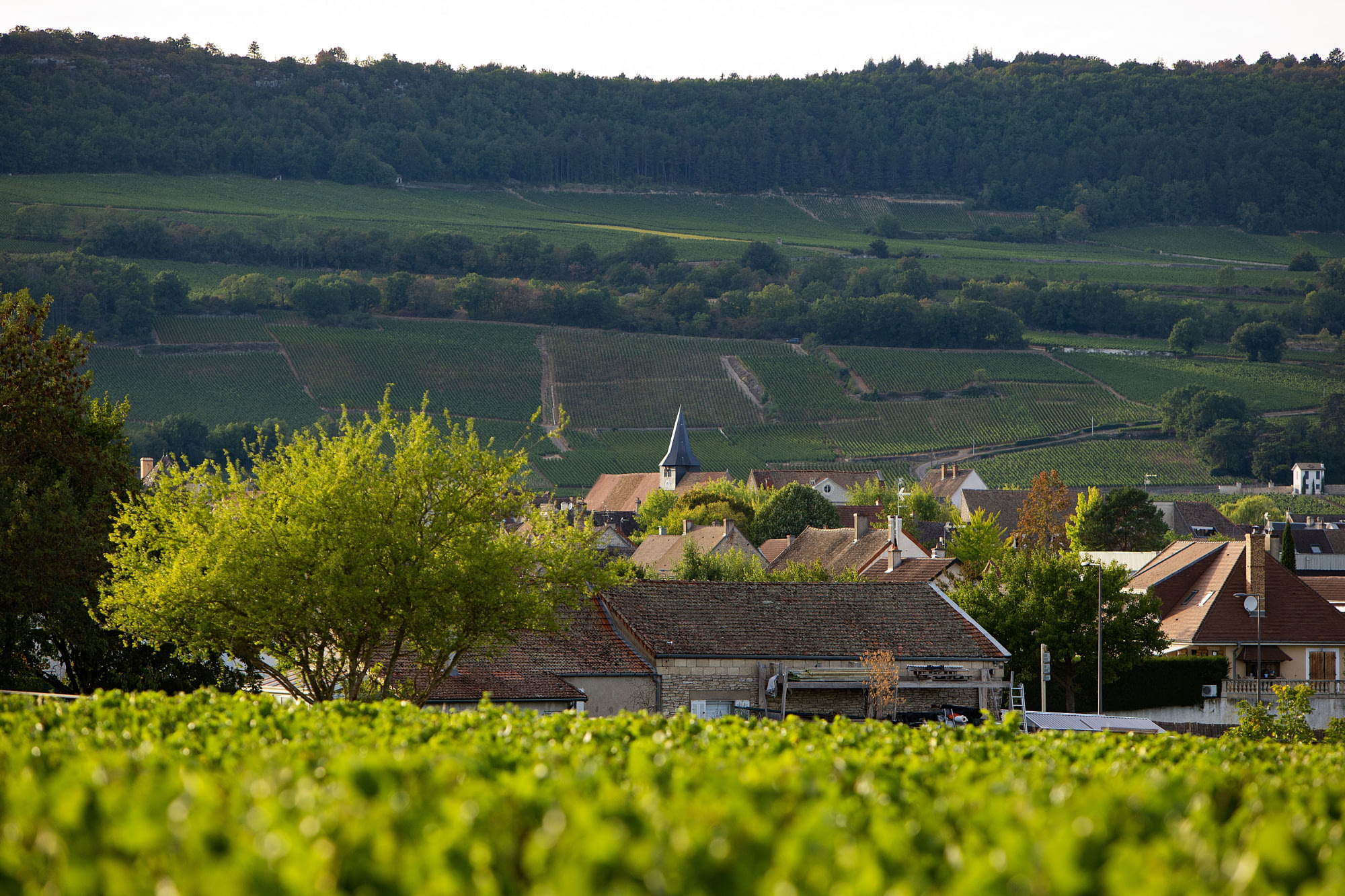
Pruning, or the Art of the Right Move
Pruning early, pruning late, nothing beats pruning in March!
This old adage, whose origin no one knows, has never been so true. With the repetition of several frost episodes since 2016, the Burgundy vineyard is questioning its practices: when should it be pruned to avoid the consequences of frost on an early start of the vine?
Pruning is a major challenge in the face of climate change, also a guarantee of the sustainability of the vineyard for the long term. At Domaine Leflaive, where the cultural philosophy favors experience over systematism, sobriety over the debauchery of means, the teams seek to improve every detail. “We are feeling our way through pruning,” says Pierre Vincent, General Manager. We conducted trials last winter in our plot of Puligny-Montrachet 1er cru Clavoillon, with deferred pruning in December, February and March. An episode of moderate frost, which occurred on April 8th, did not allow definitive conclusions to be drawn on the most adequate choice. “The best way seems to us to prune in two stages: the first between December and February which will ensure the sustainability of the vine, the second at the end of March which has the effect of delaying budburst. A single late pruning presents a risk of crop loss.”
In its quest for excellence, the Domaine has also sought the advice of Simonit and Sirch, Italian technicians adept at precision pedagogy. Their expertise is recognized in vineyards around the world.
“If the pruning of the vine is an ancestral practice, it needs those details of improvement that make a qualitative difference. They are one step ahead,” underscores Vincent. They accompany us from December until the green pruning in July, ensure the continuous training of our pruners because carrying out the Guyot pruning in an optimal way is not so simple.”
For example, the techniques of Simonit and Sirch make it possible to bend the vine sticks in the same direction without fear of breaking them. The interest? Avoid heaps of vegetation, and therefore potential diseases, and large pruning wounds that are traumatic for the wood. “In the end,” Vincent concludes, “we prolong the longevity of the vines. And an old vine gives better wines…”
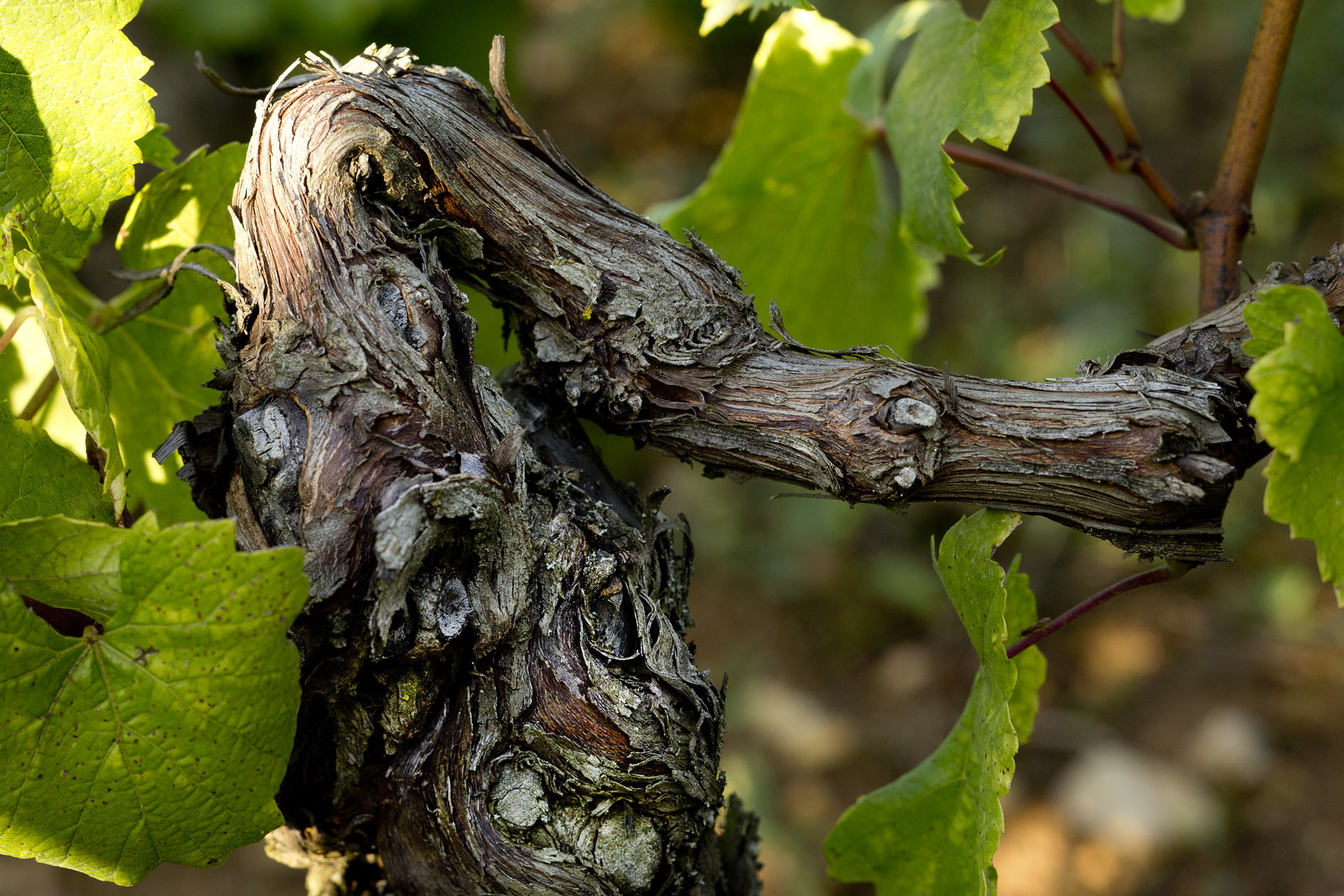
Esprit Leflaive : Beyond the Côte de Beaune
Launched this year with the 2018 vintage, the new Esprit Leflaive collection has received a warm welcome from enthusiasts. It offers eight unique wines that explore the iconic terroirs of Burgundy beyond the familiar Côte de Beaune and Chardonnay alone.
As far as Chablis and on plots of pinot noir, the selected winegrowers work vines that are often very old, harvested by the Domaine’s teams.
"Our goal was to still make exceptional wines in the spirit of craftsmen, in modest quantities," says General Manager Pierre Vincent, who brought his expertise in the vinification of the red cuvées. "These are pinots noirs full of finesse and elegance, finding substance and depth. This is ultimately the stylistic definition of our whites.”
The 2018 vintage of the Esprit Leflaive collection is available for private customers only in Club Leflaive : https://www.leflaive.fr/en_US/login.
Shipments from January 2023.
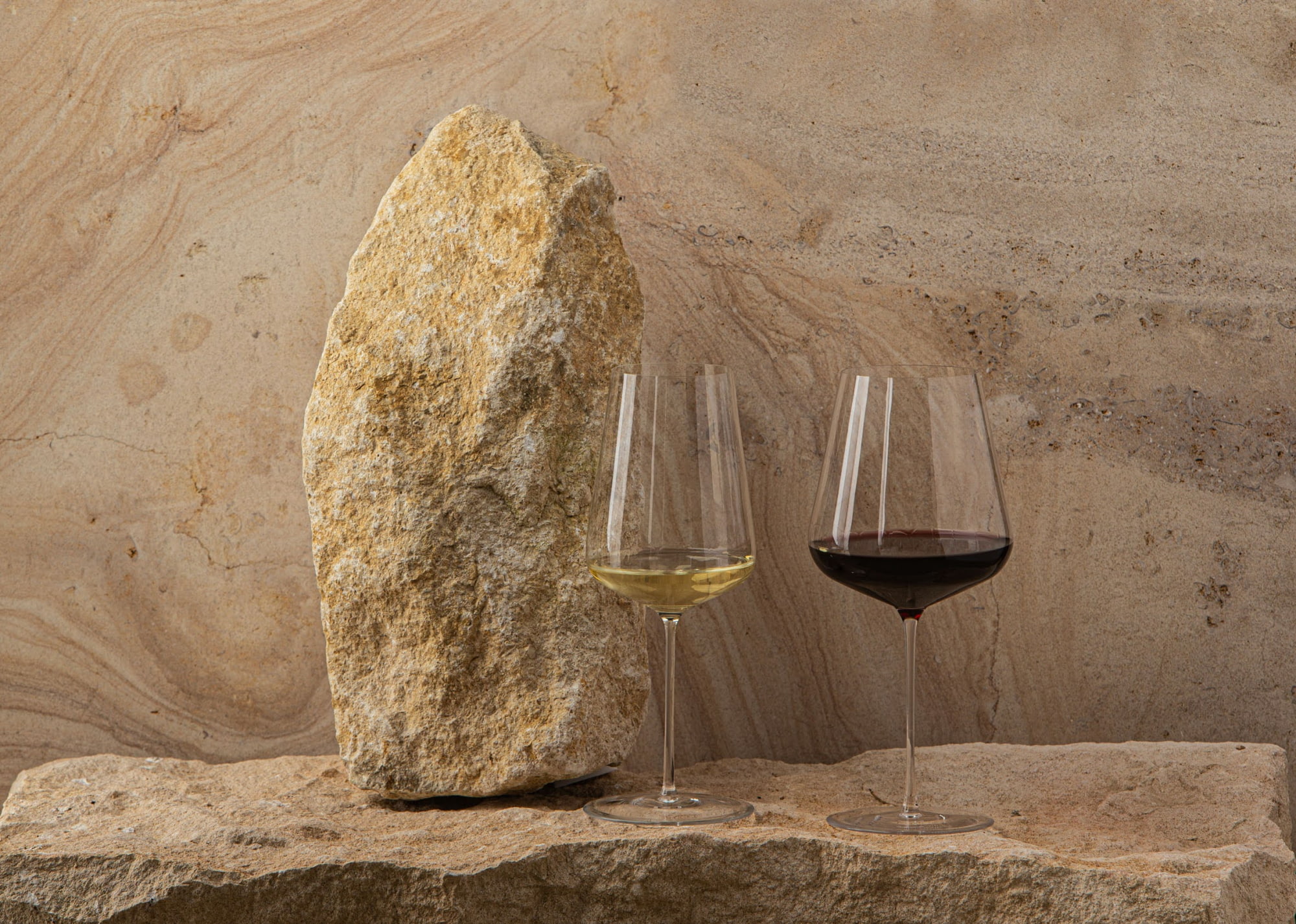
Cellar Visit! Premier Cru Les Combettes 2020, Brice de la Morandière’s Favorite
